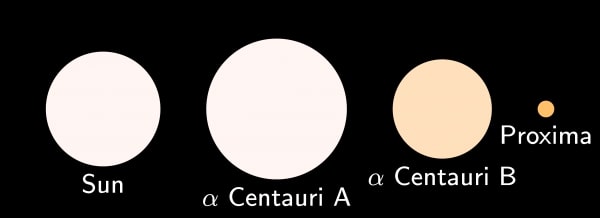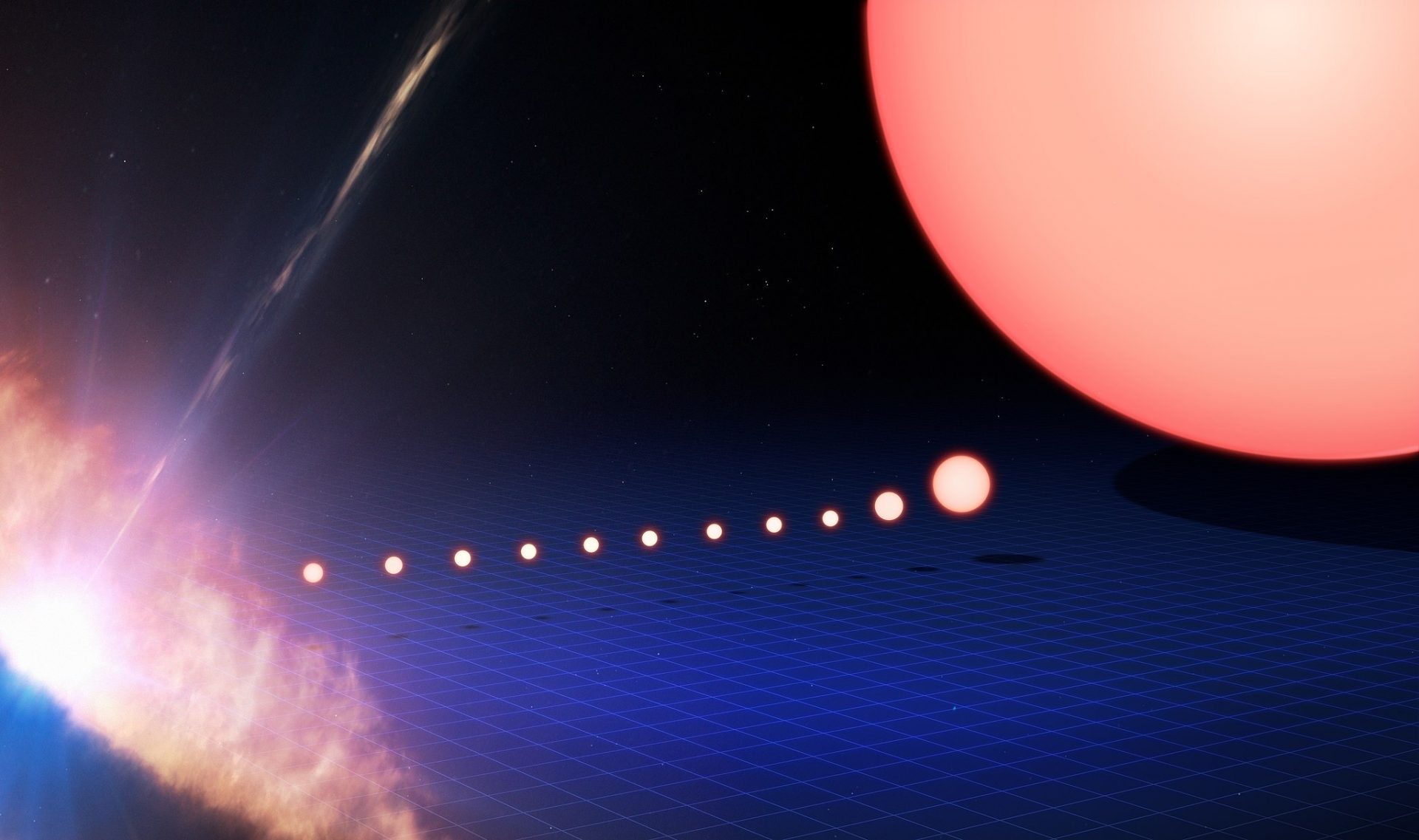The Sun has been the center of our galaxy for assumingly millions or even billions of years. It has a volume of 1 million earths and accounts for more than 99 percent of the mass in our solar system.
Up until recently, most people, including scientists, have believed there is only one Sun like ours. They might be wrong.
Many astronomers now believe our Sun has a long-lost twin.
According to Berkley News, there is evidence that apparently all stars are born in pairs. If you ask them: “Did our Sun have a twin when it was born back then?” Their answer would definitely be: “Yes!” And so did any other star like our sun in the universe, according to them.
Stars have companions

Triplet star system alpha centaury. A comparison of proportionate sizes vs the Sun. (Image Credit: David BenbennickWikimedia; CC 3.0
Experts claim that most stars have companions. Looking at our nearest neighbor Alpha Centauri, we can even observe a triplet system. But why? Astronomers have been biding their time on that question for a long time now.
Another question that is mind-boggling to most astronomers is whether binary and triplet star systems are born that way, or if one star captures the other in some yet-to-be-explained way.
Astronomers say: “Yes!, sunlike stars are born with a companion.” This assumption is based on a survey, done by astronomers, of “a giant molecular cloud filled with recently formed stars in the constellation Perseus.”

Constellation Perseus. ” Notably, greenish streaks and splotches that seem to litter the region trace the glow of cosmic jets blasting away from emerging young stellar objects as the jets plow into the cold cloud material.” (Image Credit: (R. A. Gutermuth (Harvard-Smithsonian CfA),
Earth’s Sun and its twin
The search for a twin of our Sun is not new. Astronomers have been searching for “a companion to our Sun” called “Nemesis” for a while now.
According to experts, Nemesis is apparently responsible for the extinction of the dinosaurs. The alleged twin of our Sun kicked an asteroid into Earth’s orbit millions of years ago, which collided with our planet and resulted in the demise of all dinosaurs.
The astronomers’ assumption about stars being born with a partner is based on the mathematical model used to explain what they observed of the Perseus constellation.
The astronomers could only explain what they observed by using a mathematical model that assumes that Sun-like stars are born with a companion.
“We ran a series of statistical models to see if we could account for the relative populations of young single stars and binaries of all separations in the Perseus molecular cloud, and the only model that could reproduce the data was one in which all stars form initially as wide binaries. These systems then either shrink or break apart within a million years,” said UC Berkeley research astronomer Steven Stahler.
The runaway star-twin

At first glance, this cosmic kaleidoscope of purple, blue, and pink offers a strikingly beautiful — and serene — snapshot of the cosmos. This new image of the cluster combines data from three different telescopes: the NASA/ESA Hubble Space Telescope (showing the galaxies and stars), the NASA Chandra X-Ray Observatory (diffuse emission in blue), and the NRAO Jansky Very Large Array (diffuse emission in pink). (Image: ESA / Hubble [CC BY 4.0], via Wikimedia Commons)
So, how many Sun-like stars are born with a companion?
Sarah Sadovoy, a NASA Hubble fellow at the Smithsonian Astrophysical Observator, believes that most stars are born with a partner.
“Based on our simple model, we say that nearly all stars form with a companion (…), but our model needs to be checked in other clouds,” said Sadovoy.
Will astronomers ever find our Sun’s lost twin? Or could it be that the twin has always been here just in an orbital relationship so far apart that we have yet to discover it?
Follow us on Twitter or Facebook

